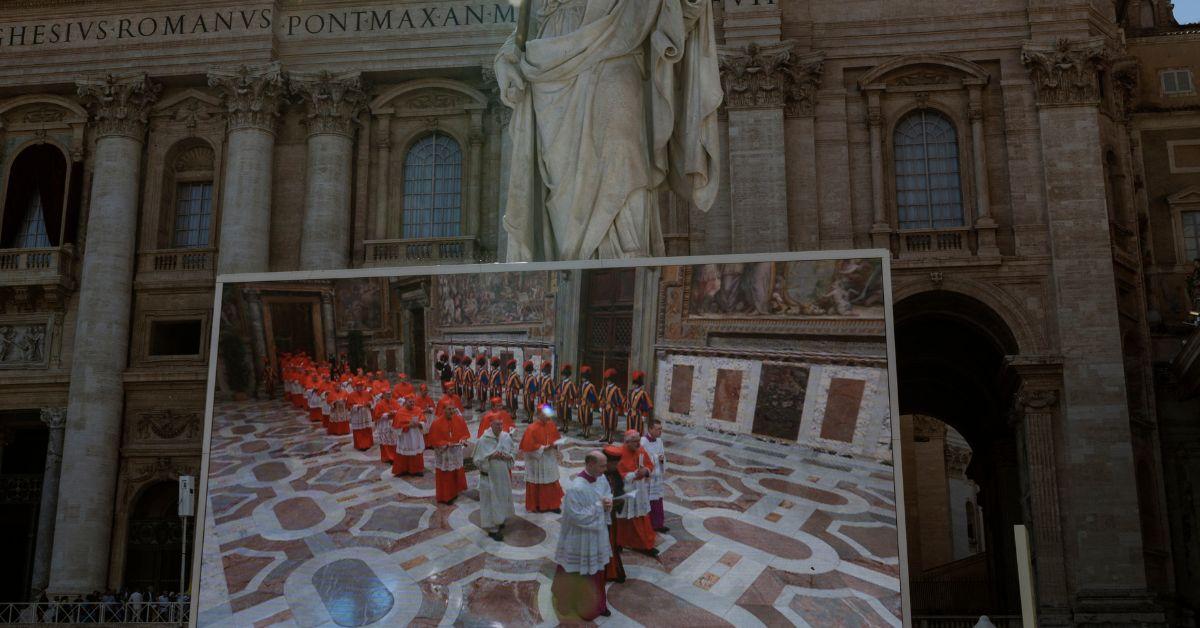Cardinals' Diets During the Conclave Is Not the Elegant Food You Might Expect
The food people eat during conclave is not all that good.
Published May 8 2025, 12:54 p.m. ET

Although it's a process cloaked in secrecy, there are some things we do know about the papal conclave. The ceremony involves selecting the next leader of the Catholic Church, and as such, it's quite important to the direction of both the church and the world.
Among the things we have some intel on is what the cardinals who vote in the conclave are eating while they do their work. Here's what we know.

What do the cardinals eat during conclave?
Given the grandeur of the Vatican and its architecture, it would be natural to expect that the food being served to the cardinals is just as impressive. As it turns out, though, the food at Casa Santa Marta is relatively basic. The cardinals reportedly eat simple spaghetti, boiled vegetables, minestrone soup, and lamb skewers for the duration of their vote, which can last for several days, according to the BBC.
One cardinal complained that it was “food you could eat at a train station,” per The New York Times. For many cardinals, it's likely far worse than the food they eat in their everyday lives. This simple food is likely at least partially because of Pope Francis's desire to simplify much of the ritual around the Church, and ensure that cardinals did not eat much better than the average person would.
Food has to be regulated to prevent outside messages.
Although you might think that food is just food, and most of the time that's true, even it has to be inspected during the conclave. Because cardinals are not allowed to interact with the outside world or to even know what's going on outside the walls of the Sistine Chapel, the food has to be regulated to prevent outside messages from being snuck in to the cardinals.
The foods that were banned for this reason include whole roast chicken, stuffed ravioli, pies, and rigatoni, all of which were seen to be foods that could easily contain a hidden message.
All of the food is prepared by nuns from Domus Sanctae Marthae, the building where the cardinals sleep and live when they are not doing their official duties as part of the conclave.
The rules around food regulation date back centuries to a time when the election of a new pope was more intimately intertwined with European politics. It was also a measure designed to ensure that cardinals did not have to fear poisoning during the conclave, which was also related to the political tensions that surrounded specific votes.
Because the Catholic Church is steeped in tradition, those methods have persisted over the years, even as the Church has also taken other, more modern steps to ensure that cardinals don't receive outside messages. Given that the food itself is not all that appetizing, though, it seems cardinals are incentivized to land on a pope as quickly as possible. That way, they can go back to the meals they are more accustomed to.